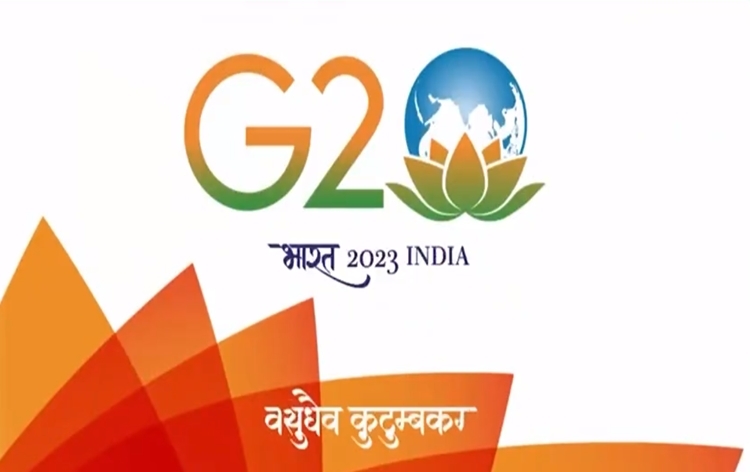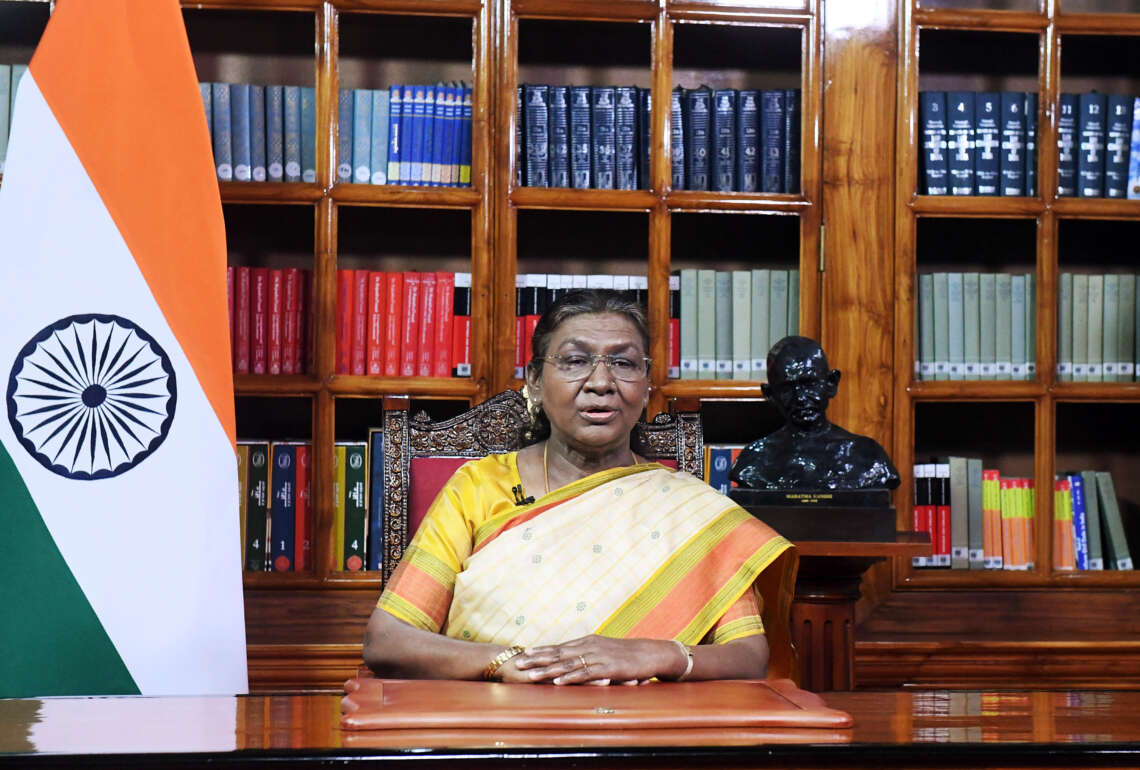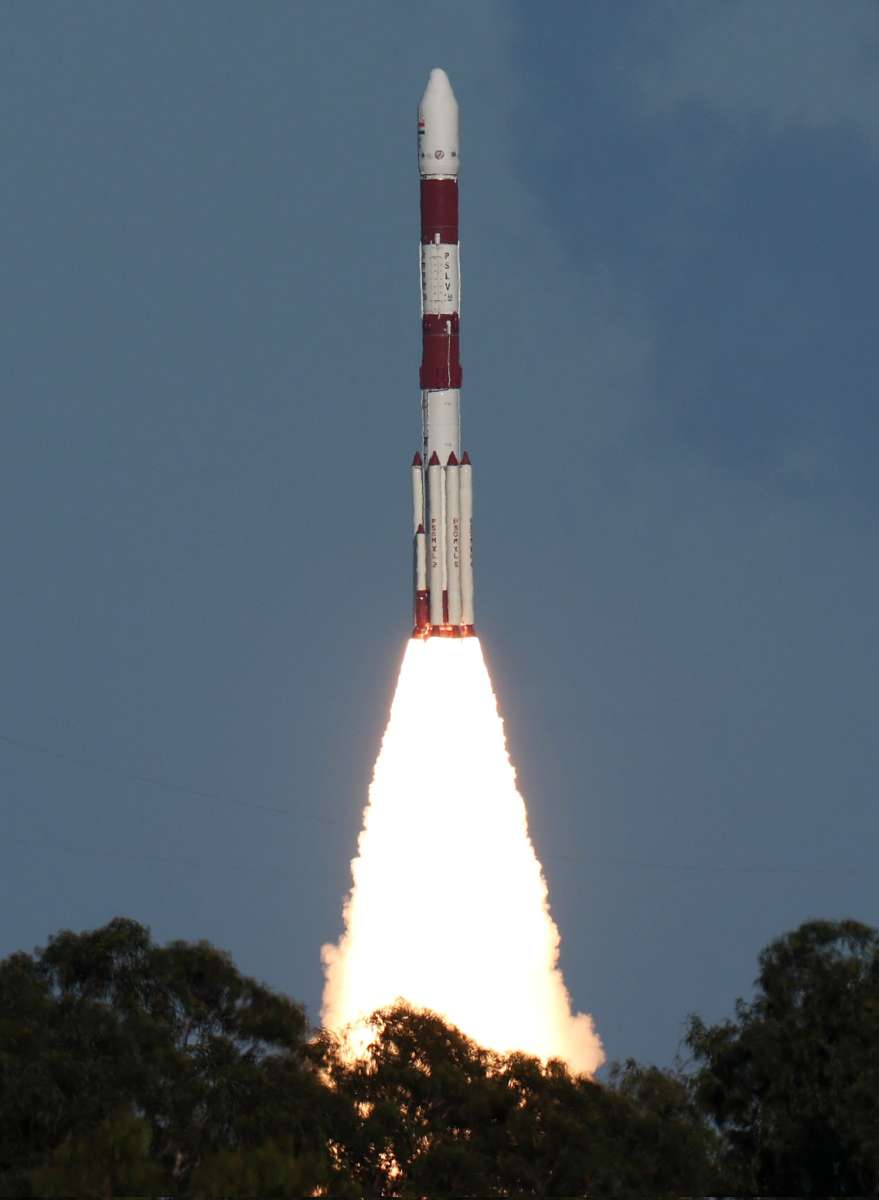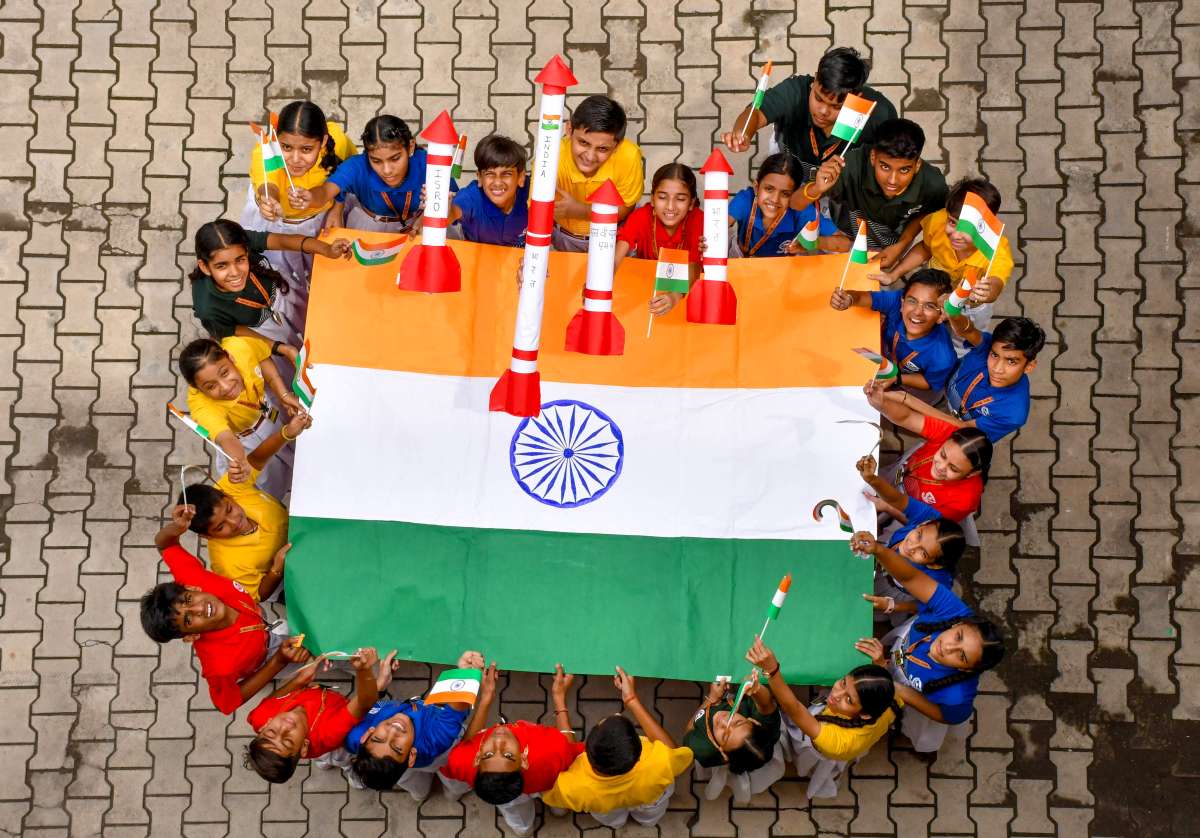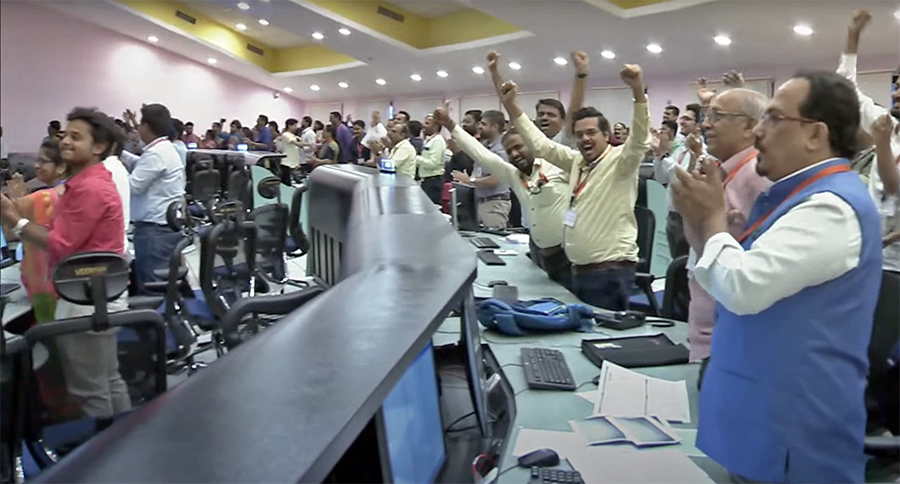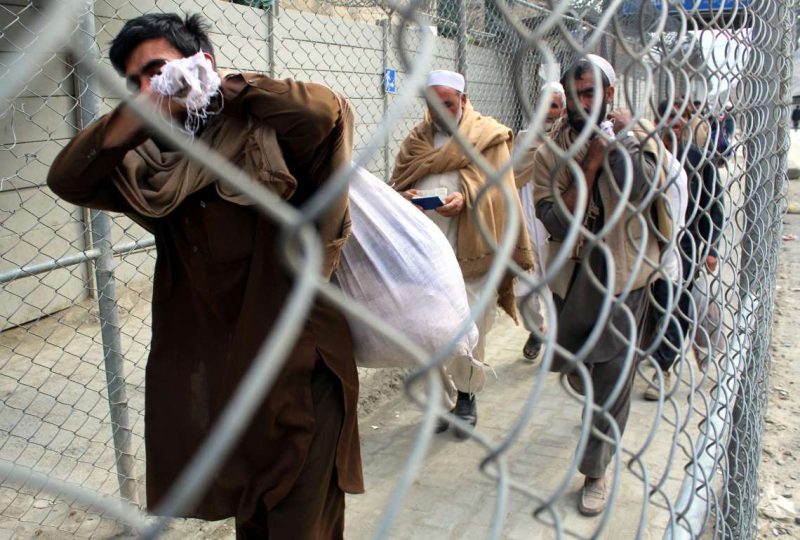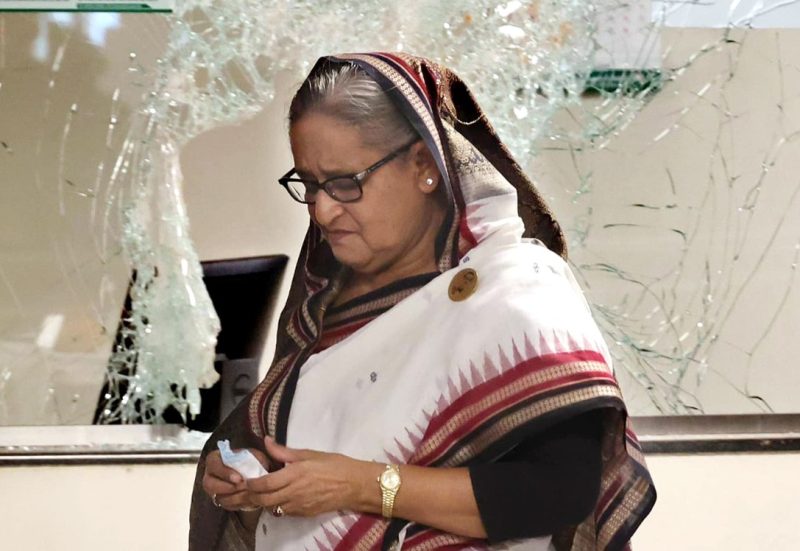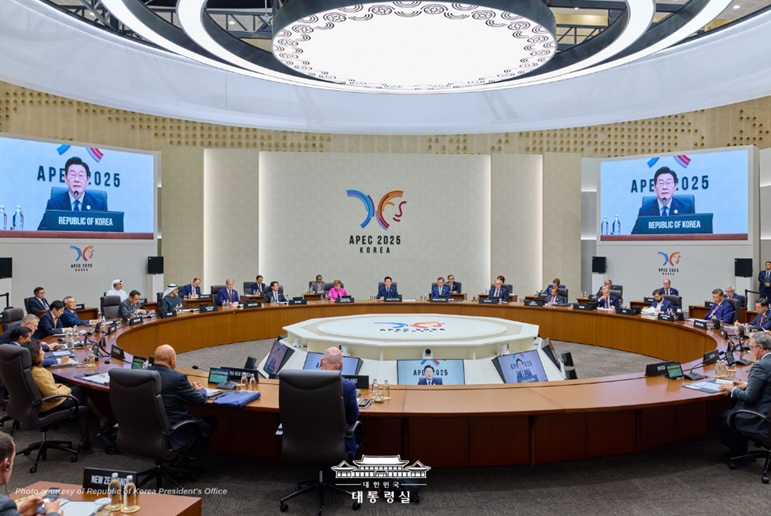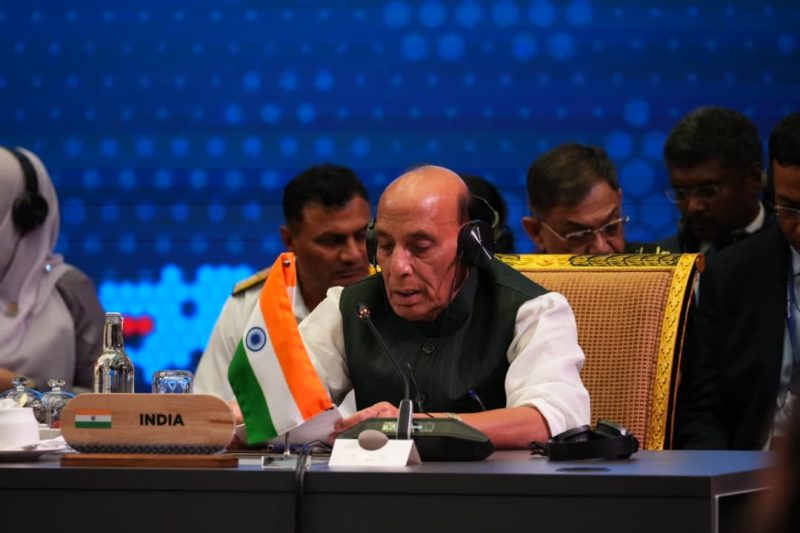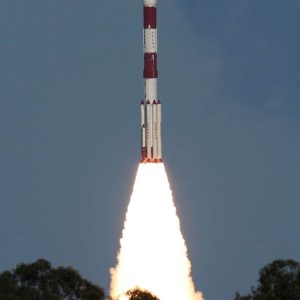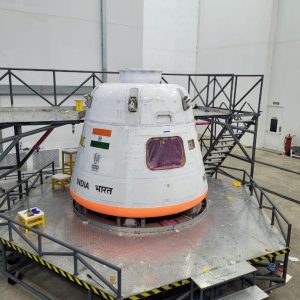That’s the great word of comfort that we are receiving for pursuing the inspirational work that we are doing for the nation,” Somanath said addressing the ISRO team at the Mission Operations Complex…reports Asian Lite News
“We have achieved a soft landing on the Moon. India is on the Moon,” said Indian Space Research Organisation (ISRO) Chief S. Somanath on Wednesday, August 23, after Chandrayaan-3 landed successfully on the lunar surface.
“The Honourable PM called me and conveyed his greetings to each one of you and your family for the wonderful work you did in ISRO. Thanks to him for the support he is giving to us for missions like Chandrayaan-3 and missions that are in the offing.
That’s the great word of comfort that we are receiving for pursuing the inspirational work that we are doing for the nation,” Somanath said addressing the ISRO team at the Mission Operations Complex.
Somanath also acknowledged the contribution of a generation of leadership and scientists of the country’s space agency for the Chandrayaan-3 mission’s success, and said the achievement is an “incremental progress” and “a huge one”.
He thanked all those who prayed for the mission’s success, and ISRO veterans like A S Kiran Kumar, the space agency’s former chief. “They have been helping so much, they were part of the team to help them to get the confidence and get the reviews done, and to ensure that nothing goes with any mistakes,” he added.
India’s Moon mission Chandrayaan-3 touched down on the lunar south pole at 6.04 pm today, launching the country to an exclusive club of four and making it the first country to land on the uncharted surface.
With this touchdown on the Moon in the second attempt in four years, India has become the fourth country to master the technology of soft landing on the lunar surface after the US, China, and the erstwhile Soviet Union.
Chandrayaan-3 is a follow-on mission to Chandrayaan-2 and its objectives are to demonstrate safe and soft landing on the lunar surface, roving on the Moon, and to conduct in-situ scientific experiments.
Chandrayaan-2 had failed in its lunar phase when its lander, Vikram, crashed into the surface of the Moon minutes before the touchdown following anomalies in the braking system in the lander while attempting a landing on September 7, 2019. Chandrayaan’s maiden mission was in 2008.
The Rs 600 crore Chandrayaan-3 mission was launched on July 14 onboard Launch Vehicle Mark-III (LVM-3) rocket, for a 41-day voyage to reach near the lunar south pole. The soft-landing took place days after Russia’s Luna-25 spacecraft crashed into the Moon after spinning out of control.
ALSO READ-Chandrayaan-3’s Success a Testament to India’s Vision: Ruchira Kamboj


